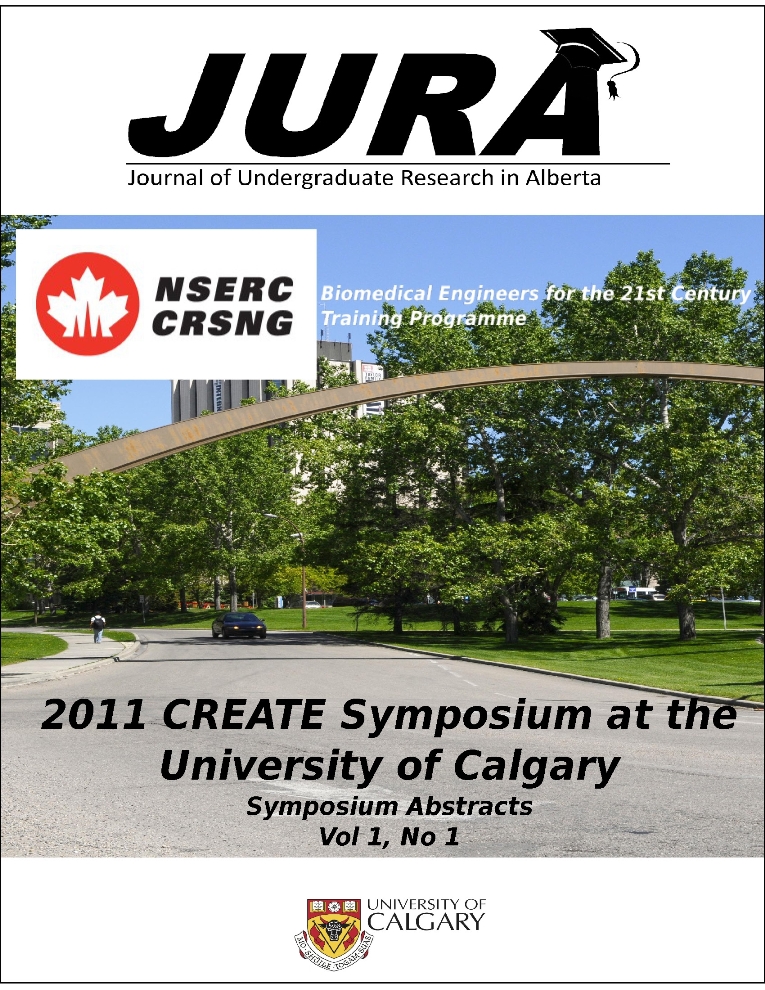Quantifying Gait Symmetry
Keywords:
Gait, Gait Symmetry, Walking KinematicsAbstract
It is often assumed that able-bodied humans have fairly symmetrical gait and as a result, researchers often only collect data from the dominant leg. The results of gait symmetry studies have been conflicting due to different definitions of symmetry, and different research methodologies. For the purpose of this study, gait symmetry is defined as “the perfect agreement of the external kinetics and kinematics of the left and right legs” (Herzog, 1989). A symmetry index developed by Robinson (1987) has been widely used to quantify gait symmetry at discrete time points during stance. Problems with this method include: 1) the examiner must choose discrete time points in which to calculate symmetry, possibly missing asymmetries during other parts of the stance phase, 2) this formula does not account for time shifts between the left and right legs, and 3) there is no normalization process to allow for comparisons between variables with different magnitudes. Therefore, the objective of this study was to introduce a new methodology to evaluate gait symmetry using the entire stance phase in over-ground running. Eighteen subjects completed heel-toe over-ground running trials over a force plate at 3.33 m/s with retro-reflective markers on both legs and the pelvis. Thirty kinetic and kinematic variables were collected and 12 were chosen as important variables for calculating symmetry based on low variance of the data and their functional relevance regarding symmetry. For a given variable, the newly developed formula computes the area between the curves for the left and right legs, and divides this area by the average of the two curves’ ranges to normalize the data. The variables were split into a Sagittal Symmetry Index (8 variables) and a Frontal-Transverse Symmetry Index (4 variables), thus making it possible to categorize individuals who are symmetrical in one plane while asymmetrical in the other.
Downloads
References
2. Robinson RO, Herzog W & Nigg BM, “Use of force platform variables to quantify the effects of chiropractic manipulation on gait symmetry”, Journal of Manipulative Physiological Therapeutics vol. 10 iss. 4, Year 1987. pp. 172-176.
Downloads
Published
Issue
Section
License
Authors retain all rights to their research work. Articles may be submitted to and accepted in other journals subsequent to publishing in JURA. Our only condition is that articles cannot be used in another undergraduate journal. Authors must be aware, however, that professional journals may refuse articles submitted or accepted elsewhere—JURA included.


